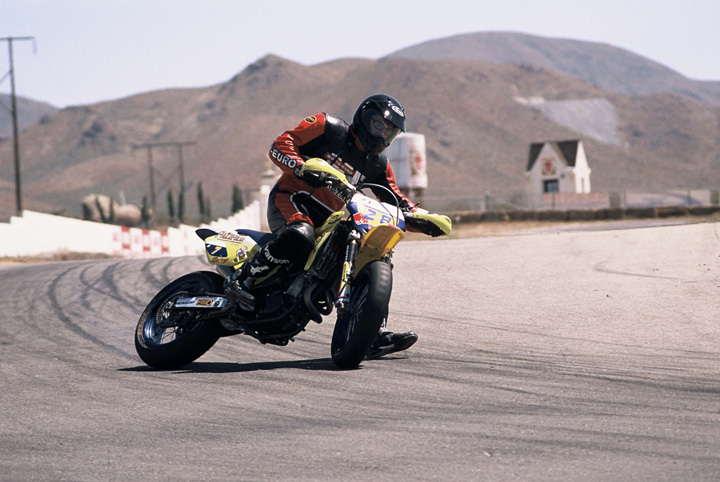No buffalo dung indeed:
[youtube]3nRUeEkS644[/youtube]
Not really new, and I guess we all know it in our hearts, guts or liver:
countersteering, and nothing (much) else!
[youtube]3nRUeEkS644[/youtube]
Not really new, and I guess we all know it in our hearts, guts or liver:
countersteering, and nothing (much) else!

